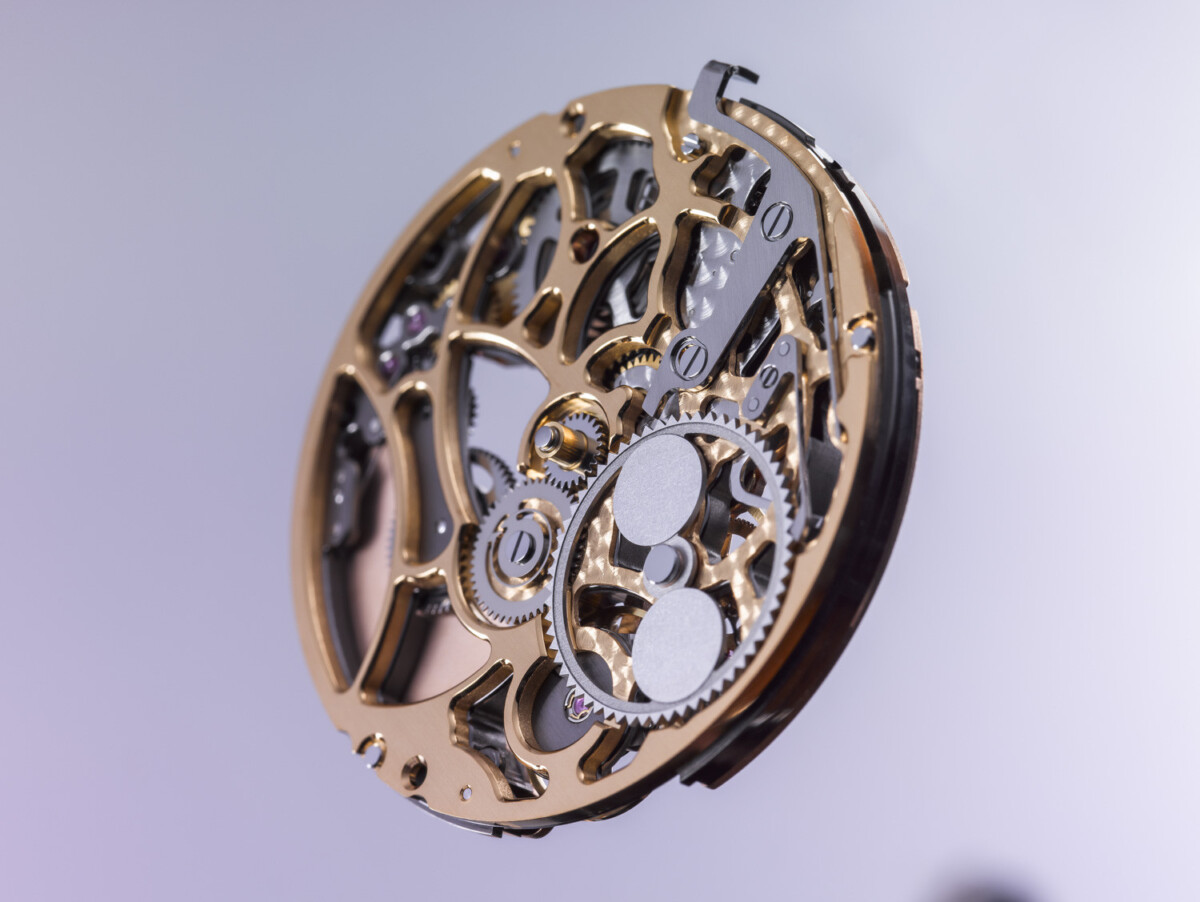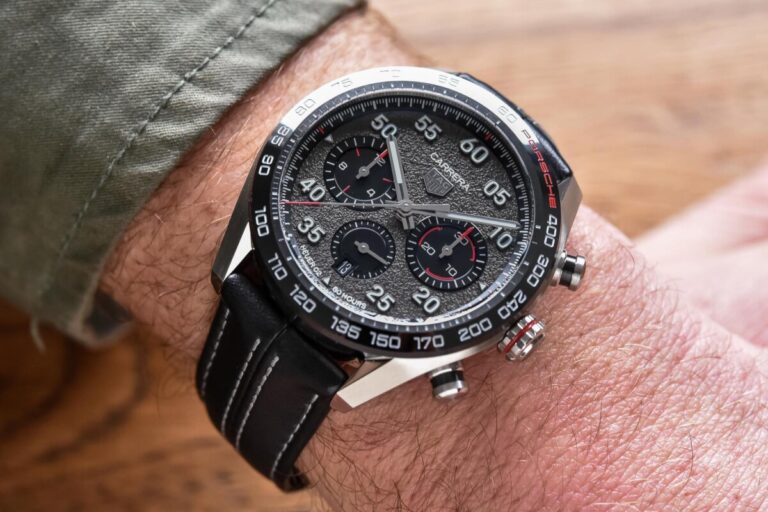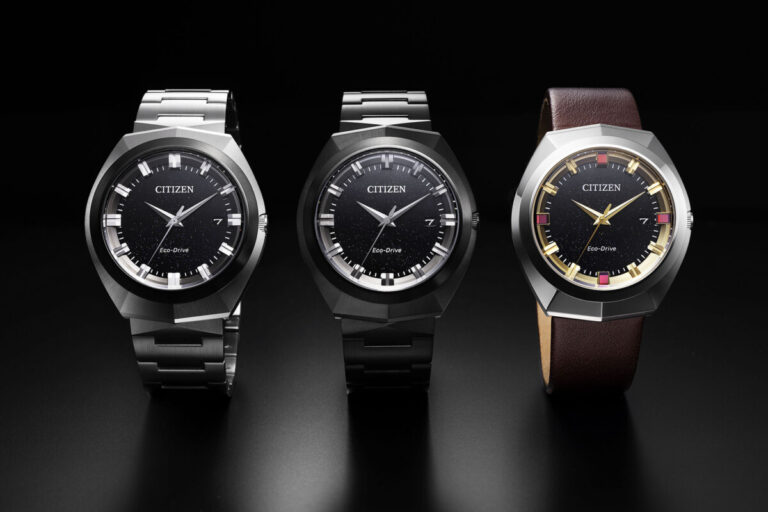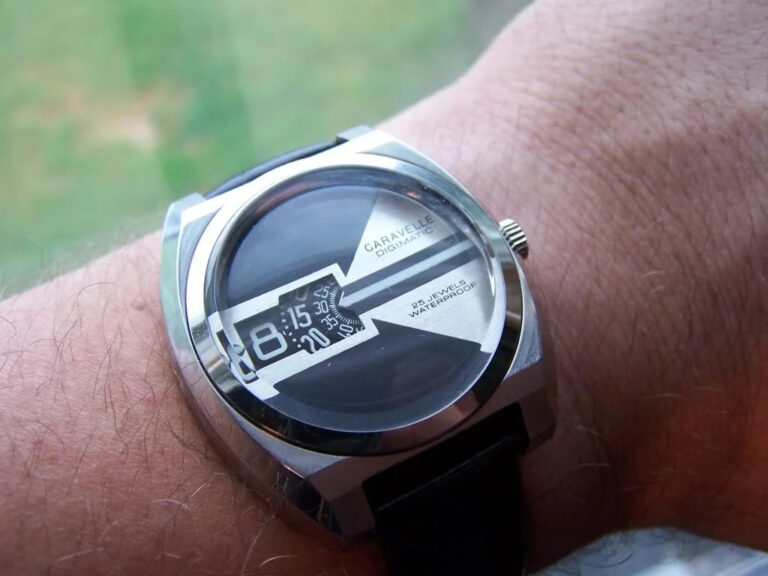In the realm of watchmaking, few creations captivate the senses quite like the skeletonized movement. This engineering and artistry marvel traces its roots back to the earliest days of timekeeping, when the pursuit of precision intertwined with the desire for aesthetic brilliance. As conversation pieces and collector’s items, these timepieces have garnered a cult-like following, inspiring awe and admiration in equal measure.
The Skeletonized Watch Movement: What Is It?
At its core, a skeletonized movement is a mechanical timepiece that reveals its inner workings on the front dial. This is achieved through a meticulous process of removing non-essential components of the dial face, leaving only the essential parts exposed. A protective glass safeguards this intricate display, allowing the wearer to peer into the heart of the timepiece.
The movement, often dubbed the “soul” of a watch, takes center stage in these captivating designs. Springs, escapements, and gears come together in an intricate dance, each component playing a crucial role in keeping time with unwavering accuracy. The skeletonized movement offers a glimpse into this microcosm, where engineering and artistry converge.
From romantic and ethereal designs to those reminiscent of steampunk or industrial aesthetics, the variations in skeletonized movements are as diverse as the imaginations that conceived them. Each timepiece is a unique expression, inviting the wearer to embark on a journey of discovery and appreciation.
Skeletonized Movement Designs

While the skeletonized movement encompasses a range of styles, there are distinct categories that define the extent of exposure:
1. True Skeleton Watch:
In this design, the entire timekeeping system is laid bare, with every component visible to the naked eye. The dial is completely removed, offering an unobstructed view of the movement’s intricate workings.
2. Open-Working:
An open-working watch is essentially an automatic or mechanical timepiece with strategic cut-outs on the dial. These apertures provide tantalizing glimpses into the movement, inviting the wearer to explore the inner workings without compromising the watch’s traditional aesthetics.
3. Open Heart:
As the name suggests, an open heart watch features a dial with an aperture that allows the wearer to peer into a specific part of the movement, often the balance wheel or escapement. This design offers a targeted glimpse into the heart of the timepiece.
4. Exhibition Case Back:
In this configuration, the movement is visible from the back of the watch, with a transparent case back providing an unobstructed view. While the dial remains intact, this design allows enthusiasts to admire the intricate mechanics from a different vantage point.
A History of the Skeleton Watch Movement

The origins of the skeletonized movement can be traced back to the 1700s, a period often referred to as the Age of Enlightenment. It was during this time that André Charles Caron, a pioneering French watchmaker, unveiled his groundbreaking design – a timepiece without a dial, exposing the movement in its entirety.
Caron’s creation was met with a mix of awe and skepticism, as watchmakers of the era grappled with the implications of this unconventional approach. Nevertheless, his work ignited a spark that would eventually blaze into a worldwide phenomenon.
As the centuries progressed, the development of extra-thin watch cases and the advent of the wristwatch paved the way for further experimentation with skeletonized movements. Concurrently, the rise of skeleton clocks in France and England further fueled the fascination with these intricate designs.
Notable clockmakers such as John Joseph Merlin and Sir William Congreve contributed significantly to the evolution of skeleton timepieces, pushing the boundaries of what was possible. Their creations found favor among the affluent, who reveled in the opportunity to showcase the inner workings of their prized possessions.
The Rise of the Skeleton Clock
While skeletonized movements captured the imagination of watchmakers, the late 18th century witnessed the emergence of a parallel phenomenon – the skeleton clock. These magnificent timepieces, with their exposed mechanisms and intricately designed plates, became objects of desire among the elite.
John Joseph Merlin and Sir William Congreve were pioneers in this field, crafting skeleton clocks that garnered widespread acclaim. Merlin’s remarkable creation, a clock with a tourbillon movement, was a true marvel of its time, captivating audiences with its visual allure.
As the 19th century dawned, skeleton clocks found their way into the grand cathedrals and stately country homes of France and England. Their presence served as a testament to the artistry and technical mastery of their creators, inspiring awe and appreciation from all who witnessed their intricate workings.
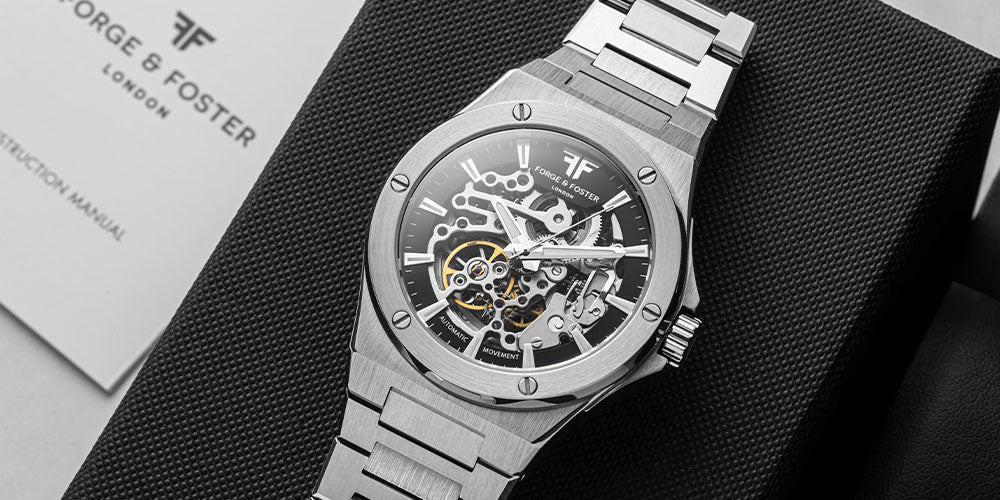
FAQs About Skeleton Movements
What Is a Skeletonized Movement?
A skeletonized movement is a timepiece where the dial has been removed or strategically cut away, revealing the intricate inner workings of the movement. This can range from a full exposure of the entire timekeeping system (true skeleton watch) to variations like open-working and open heart designs.
Are Skeleton Watches a Good Investment?
The investment value of a watch is typically not affected by its skeletonized movement. However, certain models from prestigious brands like Cartier and Patek Philippe have garnered significant attention from collectors, making them potentially valuable investments.
What Are the Benefits of a Skeleton Watch?
Beyond their unique aesthetic appeal, skeleton watches offer a fascinating glimpse into the intricate world of watchmaking. For the horologically curious, these timepieces provide an opportunity to appreciate the engineering marvels that power these precision instruments, fostering a deeper understanding and appreciation for the art of timekeeping.
Conclusion: Through the Glass
Skeletonized movements are more than mere timepieces; they are windows into the soul of watchmaking, inviting us to witness the intricate dance of gears, springs, and escapements that keep time with unwavering accuracy. From the romantic and ethereal to the industrial and steampunk-inspired, these designs showcase the breadth of artistry and engineering prowess that defines the world of horology.
As you explore the captivating realm of skeletonized movements, I encourage you to delve deeper into the literature and works of esteemed authors like John Wilding and Bill Smith, whose contributions have shed light on this fascinating aspect of watchmaking.
I invite you to share your thoughts, preferences, and interests in the world of skeletonized movements. What captivates you most about these intricate timepieces? Is it the engineering marvel, the artistic expression, or the historical significance that resonates with you? Your feedback and insights will undoubtedly enrich our collective appreciation for these marvels of horology.

